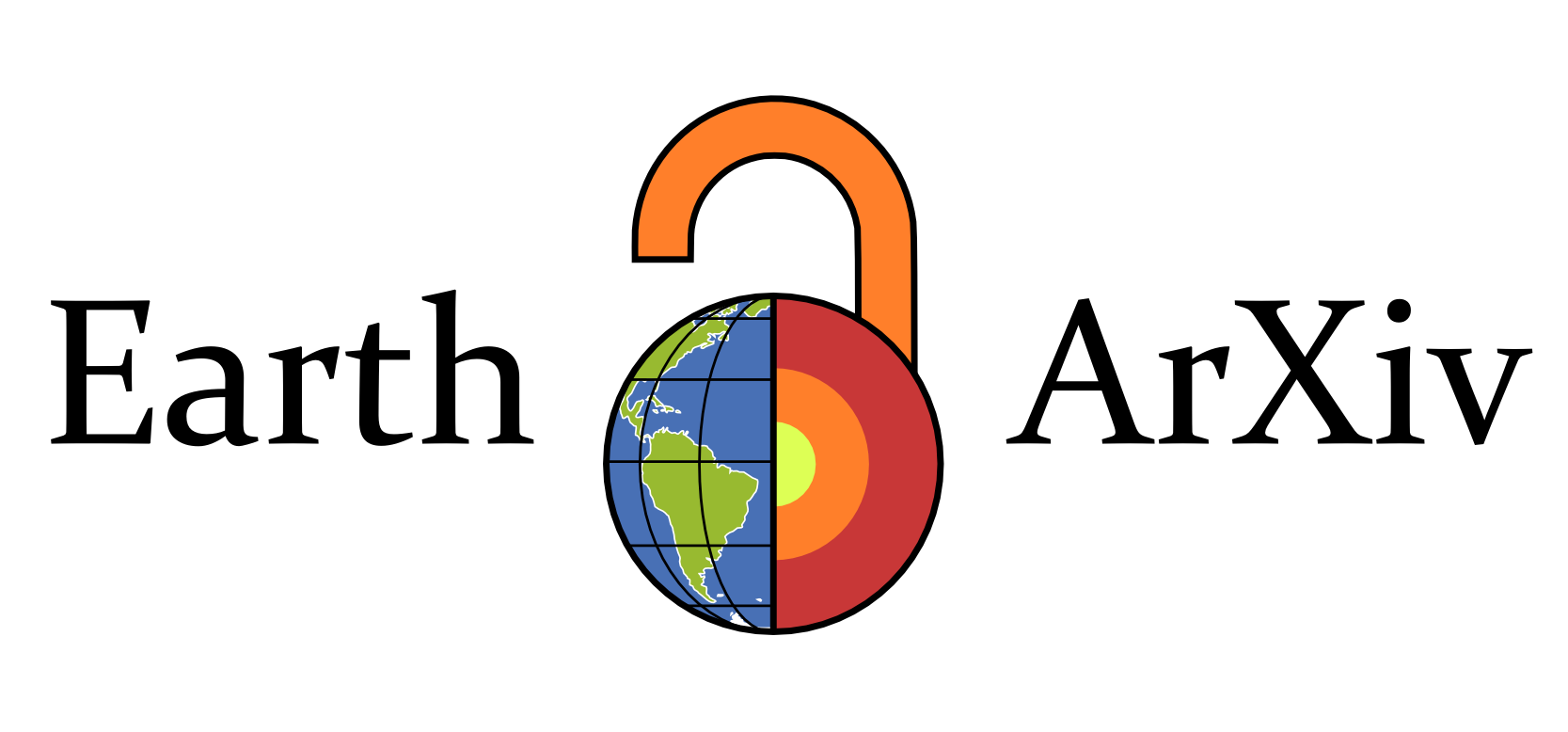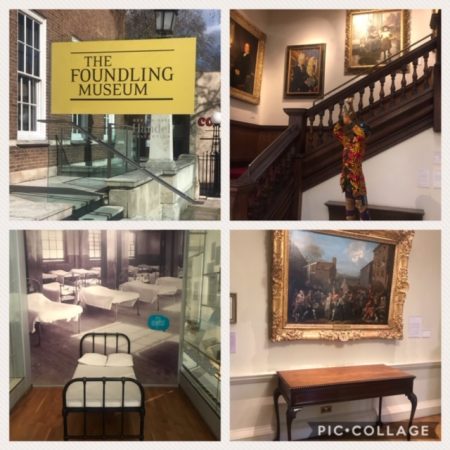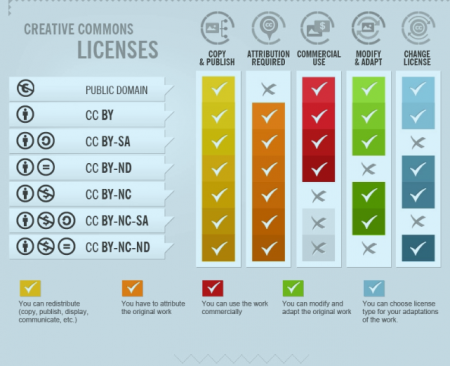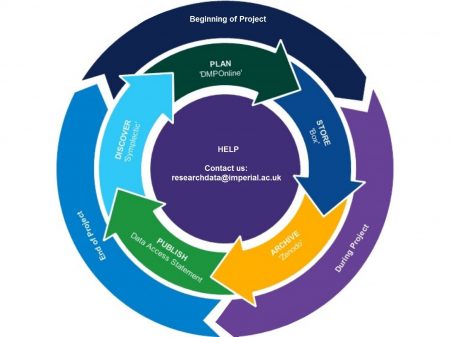To commemorate the second Thesis Thursday during global Open Access Week (October 21-27, 2019) we have gone down to the basement of Central Library here at South Kensington to look at our collection of doctoral theses.
It’s there that we discovered the earliest doctorate thesis that we hold (the degree of Doctor of Science (DSc) to one Surendra Nath Dhar with a thesis entitled A New Method of Halogenation which was awarded in 1920 in the Department of Chemistry.
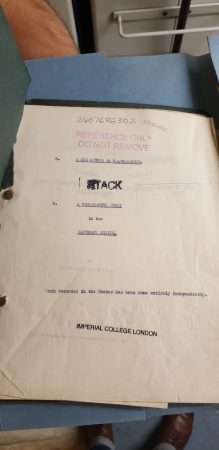
Surendra was a twenty-six year old Chemist from Assam in India who to came to London in September 1918 in the very last months of the Great War. He was a student of Sir Jocelyn Field Thorpe – but here’s the whole story written by Tanjore S. Natrajan courtesy of the Journal of the Chemical Society, Transactions.
SURENDRA NATH DHAR was born in January, 1892, in a village in the Moulviba, zar sub-division of the district of Sylhet in Assam. He received his early schooling in the village ”Pathsala” and later in Muraricharid school at Sylhet. In 1909, he passed the entrance examination of the University of Calcutta and became a ward of Sir Prafulla Chandra Ray. Studying first at the Ripon College and later at the Berhampore College, he completed the courses for the intermediate and final B.Sc. examinations; in the latter, he was placed in the first division with honours in chemistry.
Dhar’s post-graduate studies commenced in 1913 at Dacca under Dr. E. R. Watson (now Principal of the Technological College at Cawnpore) and he obtained the M,Sc. degree (first class) in 1915. It is at this time he was initiated into research work on the xanthone series by Dr. Watson. As Assam Government Scholar, he carried on research work at the Presidency College, Calcutta, for two years. He was then appointed Professor of Chemistry at the A. M. College, Mymensingh (Bengal) and, three months later, Guru Prasanna Ghose Scholar of the Calcutta University. On the recommendation of the Government of Assam, the scholarship of the Government of India was awarded to him. With these two scholarships, Dhar left for England in September, 1918. He entered the Imperial College of Science and Technology, London, where, under the able guidance of Professor J. F. Thorpe, he continued his work on the xanthone series. After a year’s work, he was admitted to the D.Sc. Degree of the London University. He spent a year in touring the Continent, and then, after working for some time on colours at the Badische Anilin- und Soda-Fabrik, returned to India. In July, 1921, he entered the Indian Educational Service and was appointed Professor of Technical Chemistry at the Civil Engineering College, Guindy, Madras.
Here, unsupported, and hampered by the difficulties attending retrenchment, Dhar laboured to improve the condition of the chemical department. Here also, on December 9th, 1923, occurred his tragic death, due to the inadvertent inhalation (or tasting?) of potassium cyanide fumes.
Dhar leaves behind an old mother, a young wife-he was married, only in June, 1923, to Miss Nanda Rani Sinha-and a large circle of friends and co-workers at Madras and Assam. Whatever might have been his rank as a chemist, his place as a man is assuredly very high. He wanted to infuse others with the spirit of research and to disseminate knowledge. His maxim was :-” No one for himself alone; all for all and every one for others.” He was intensely religious and a splendid example of plain living and high thinking. Simple in habits, unostentatious in manner, diligent in study, and careful in his work, he gave promise of a great career, which the cruel hand of death has brought to an untimely end. An affectionate son, a loving friend, and a dutiful man, his like it will not be easy to find.
T. S. NATRAJAN
SURENDRA NATH DHAR.
BORN JANUARY, 1892; DIED DECEMBER ~TH, 1923.
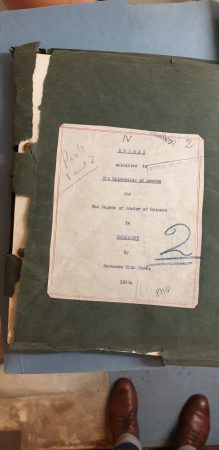
Details of our theses (and masters dissertations) we hold at Imperial are located on the Library’s theses webpages and our earliest digitised thesis comes from 1927 – with a title of “Flow of water in canals fitted with Venturi flumes” by Dr Mohammed Amin.
Happy Thesis Thursday 2019!


